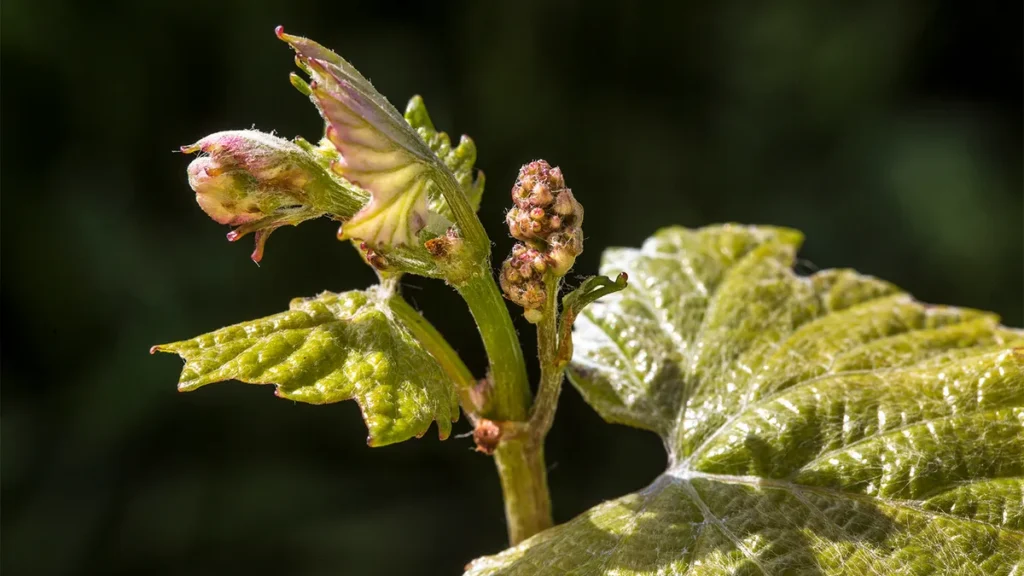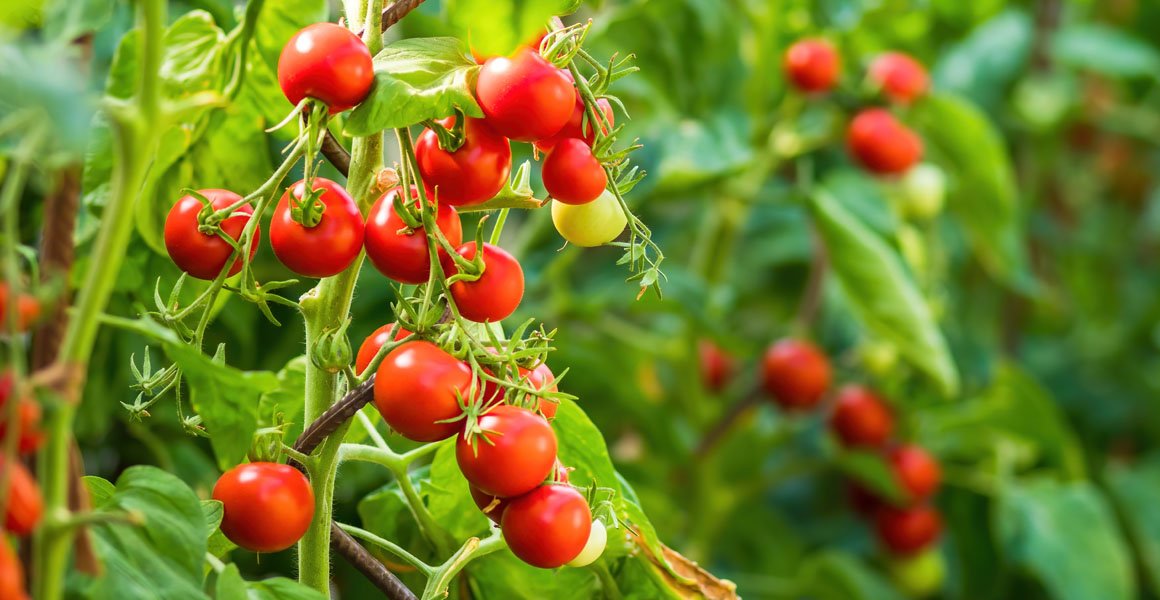A Silent Language: Understanding Plant Distress Sounds
The natural world constantly reveals surprises—and the latest discovery highlights how deeply interconnected life on Earth truly is. In a landmark study, researchers found that plant distress sounds—ultrasonic signals emitted when plants are dehydrated or stressed—can influence the behavior of nearby animals. These plant distress sounds, though inaudible to human ears, appear to form a hidden communication channel between species, shaping ecosystems in ways science is only beginning to uncover.

What if your garden isn’t just a patch of greenery but a living orchestra of silent signals—subtle vibrations shaping the choices of insects, birds, and mammals? This new field of research opens a doorway into a previously invisible ecosystem, suggesting plants and animals may have evolved to exchange information through sound.
How Plants Use Distress Sounds to Communicate
For centuries, plants were viewed as passive lifeforms—rooted, silent, and mostly reactive. However, recent advances in plant science have challenged that perception. While plants lack nervous systems or vocal cords, researchers have discovered that they emit plant distress sounds—ultrasonic signals released when they experience stress, such as dehydration, damage, or environmental strain.
These ultrasonic emissions, or “clicks,” are imperceptible to the human ear, but detectable by creatures like insects, bats, and some mammals. The sounds aren’t intentional cries for help but physical by-products of changes in a plant’s internal pressure or structure. Despite their unintentional nature, these sounds may carry meaning for the organisms capable of hearing them.
The Experiment: How Moths Reacted to Plant Distress Sounds
The groundbreaking experiment that sparked international interest was conducted using female moths and tomato plants. Tomato plants under stress (such as dehydration) emitted ultrasonic noises. When given the choice, female moths chose not to lay their eggs on these plants.

Why? The researchers hypothesized that moths prefer to deposit their eggs on healthy plants to ensure their larvae have sufficient nutrition. The sounds emitted by the stressed tomato plants served as a warning, steering the moths away from potentially unsuitable hosts.
This experiment, carefully designed to rule out visual or chemical cues, strongly suggests that the moths responded specifically to sound, making it the first documented case of an animal reacting to a sound produced by a plant.
Why Plant Distress Sounds Matter as Ecological Signals
This discovery holds significant implications for ecology and evolution. If animals can detect and act on plant-generated sounds, it means that plant-animal interactions are more complex than previously understood. Sound could serve as a medium for conveying vital information across species boundaries.
Here are a few potential ecological outcomes:
- Pollinators may prefer healthier plants based on sound signals.
- Herbivores might avoid stressed plants to seek better nutrition.
- Predators and parasites may use plant sounds to locate prey or hosts.
Such possibilities hint at a layer of co-evolution where plants and animals adapted together—not just visually or chemically, but acoustically.
How Plants Produce Distress Sounds When Stressed
The mechanism behind plant sound emission isn’t fully understood, but current theories suggest it relates to cavitation—a process in which air bubbles form and collapse in a plant’s xylem (the water-conducting tissue). This collapse generates miniature vibrations, which translate into ultrasonic sound waves.
These sounds fall within a frequency range of 20–100 kilohertz, well above the human auditory range. However, many animals, particularly insects like moths or bees, are naturally tuned to these frequencies, allowing them to perceive what we cannot.
Sound as a Survival Strategy
Though the sounds are not consciously produced, the fact that they influence animal behavior could mean that plants evolved traits that enhance survival through sound. If noisy plants deter pests or attract pollinators, natural selection may favor plants that emit more distinct or louder sounds.
Similarly, animals that can detect these cues might have an advantage when it comes to choosing food sources or reproductive sites. Over time, this reciprocal benefit may have driven the co-evolution of acoustic sensitivity in animals and sound emission in plants.
The Bigger Picture: Could Plants Talk to Each Other?
Beyond animal interaction, scientists are also exploring the possibility that plants may communicate with one another through sound. Stress signals emitted by one plant could potentially alert neighboring plants, prompting preemptive changes such as closing stomata to conserve water during drought.
Although much of this is still hypothetical, preliminary studies suggest that plants may respond to sound by altering gene expression, growth patterns, or resource allocation.
Practical Applications in Agriculture and Ecology
This discovery opens up promising applications in agriculture, conservation, and environmental monitoring:
1. Precision Agriculture
By recording and interpreting plant sounds, farmers could monitor crop health non-invasively. Detecting early signs of dehydration or disease through sound could prevent crop losses and improve yields.
2. Sustainable Pest Management
If specific pests avoid stressed plants, then generating artificial versions of plant distress sounds could be used to deter them without chemicals.
3. Conservation Efforts
Understanding how plants signal stress could help identify endangered ecosystems or manage reforestation efforts by ensuring plant and pollinator compatibility.
Expanding the Research: Beyond Moths and Tomatoes
The Tel Aviv University team plans to expand their research beyond moths and tomato plants. Future investigations will explore:
- Different plant species and the diversity of sounds they produce
- Various animal species, including bees, birds, and mammals
- The potential for plant-to-plant communication
- How climate change may influence this acoustic ecosystem
According to researchers, this is just the beginning of a vast and largely unexplored scientific field.
Plants Are Not Sentient—But They Are Dynamic
It’s essential to clarify: while plants emit sounds, they are not conscious or sentient. These noises are involuntary by-products of physiological changes. Still, the ecological impact of these signals—whether they influence moths or other animals—suggests that plant behavior is more dynamic than previously acknowledged.
The idea that plants and animals interact through sound reshapes how we define intelligence, communication, and interdependence in the natural world.
An Evolving Acoustic Web: Mutual Benefit Across Species
If both plants and animals gain evolutionary advantages from these sound-based interactions, it’s likely that their acoustic abilities coevolved. For instance:
- Plants that “speak” more clearly may be avoided by pests or favored by pollinators.
- Animals that “listen” more closely may locate better resources or mates.
Over millennia, this invisible acoustic web could have quietly shaped ecological networks across forests, farms, and deserts.
The Future of Eco-Acoustics: A New Frontier in Biology
As researchers dive deeper into the world of ultrasonic ecology, new tools and technologies are being developed to detect, record, and analyze plant-generated sounds. With AI and machine learning, it may become possible to build real-time “language models” for plant communication.
This will not only help understand plant behavior but could also redefine conservation strategies, urban planning, and climate adaptation techniques.
Listening to Nature’s Hidden Voices
The discovery that animals react to secret sounds from plants invites us to reconsider our understanding of the natural world. Far from being passive green structures, plants may actively participate in complex ecological exchanges—through a language of sound beyond our hearing.
It is a compelling reminder that we are part of a living system rich with silent voices, intricate relationships, and evolutionary innovations we are only beginning to grasp. As scientists continue to explore this sonic dimension of nature, one thing is clear:




